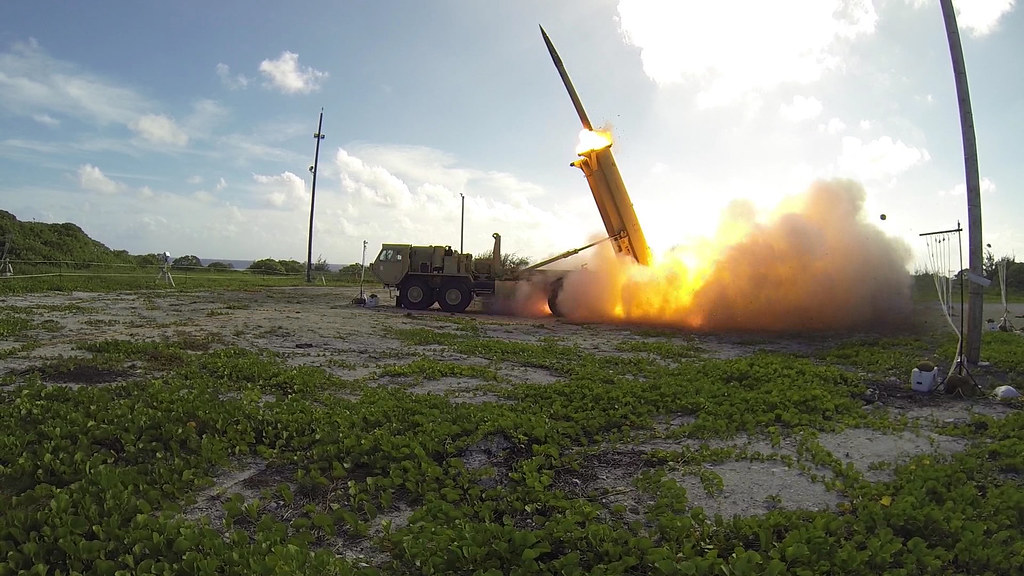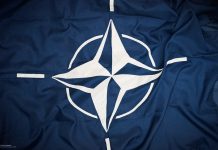
Lockheed Martin’s representative office in India has proposed a comprehensive anti-aircraft defense solution to New Delhi, which includes the PAC-3 MSE (Patriot Advanced Capability-3 Missile Segment Enhancement) and the Terminal High Altitude Area Defense (THAAD) systems. William Blair, Lockheed Martin’s Vice President and CEO for Southeast Asia and India, is shaping the company’s strategy to address India’s complex air and missile defense needs.
Blair describes the PAC-3 MSE as providing a lower-tier defense under the THAAD system. This multi-layered defense approach aims to deliver robust protection against a range of aerial threats, from short-range to high-altitude ballistic missiles. The PAC-3 MSE targets tactical ballistic missiles, cruise missiles, and aircraft, while THAAD is designed to intercept higher-altitude threats.
In discussions about India’s potential acquisition of these systems, both U.S. and Indian officials weigh strategic interests and practical factors. U.S. Congress members, including Vice Admiral Jon Hill, Director of the U.S. Missile Defense Agency, emphasize the value of integrating PAC-3 MSE with THAAD for a comprehensive defense capability. Hill praises the system’s successful interception tests and its ability to address complex and evolving threats with adaptable, layered responses. This aligns with the broader U.S. goal of strengthening defense ties with India amidst increasing regional tensions.
In contrast, Indian defense discussions are more cautious. While Indian officials recognize the advantages of U.S. systems like PAC-3 MSE and THAAD, they also consider the need to balance domestic and international defense procurements. India has heavily invested in the Russian S-400 system and is advancing projects such as Project Khusha. Though PAC-3 MSE and THAAD could enhance India’s defense capabilities, there is a focus on strengthening local defense manufacturing and partnerships.
Integrating India’s Project Khusha with U.S.-made PAC-3 MSE and THAAD presents challenges due to differences in design, purpose, and geopolitical considerations. Project Khusha, developed by India’s Defence Research and Development Organisation (DRDO), provides a multi-layered defense system to intercept missiles at various altitudes. The distinct command, control, and radar functionalities of U.S. systems introduce technical challenges for integration, particularly with DRDO’s existing missile defense radars and technology.
India’s investments in interceptors already cover threats from tactical ballistic missiles, aircraft, and cruise missiles. Adding U.S. systems could create redundancy and inefficiencies. Additionally, India’s advancements in its Ballistic Missile Defense (BMD) program may already offer comparable strategic benefits. For instance, the Russian S-400 system provides capabilities similar to THAAD, potentially reducing the need for further foreign acquisitions.
The inclusion of U.S. systems could complicate India’s defense relationships, especially with Russia, its S-400 supplier and a long-time defense partner. Managing these dual alliances could introduce friction in the current geopolitical context. Moreover, Project Khusha reflects India’s commitment to developing its own defense industry, and heavy reliance on U.S. missile defense systems might counter this goal, increasing dependence on foreign technology rather than fostering self-reliance.




